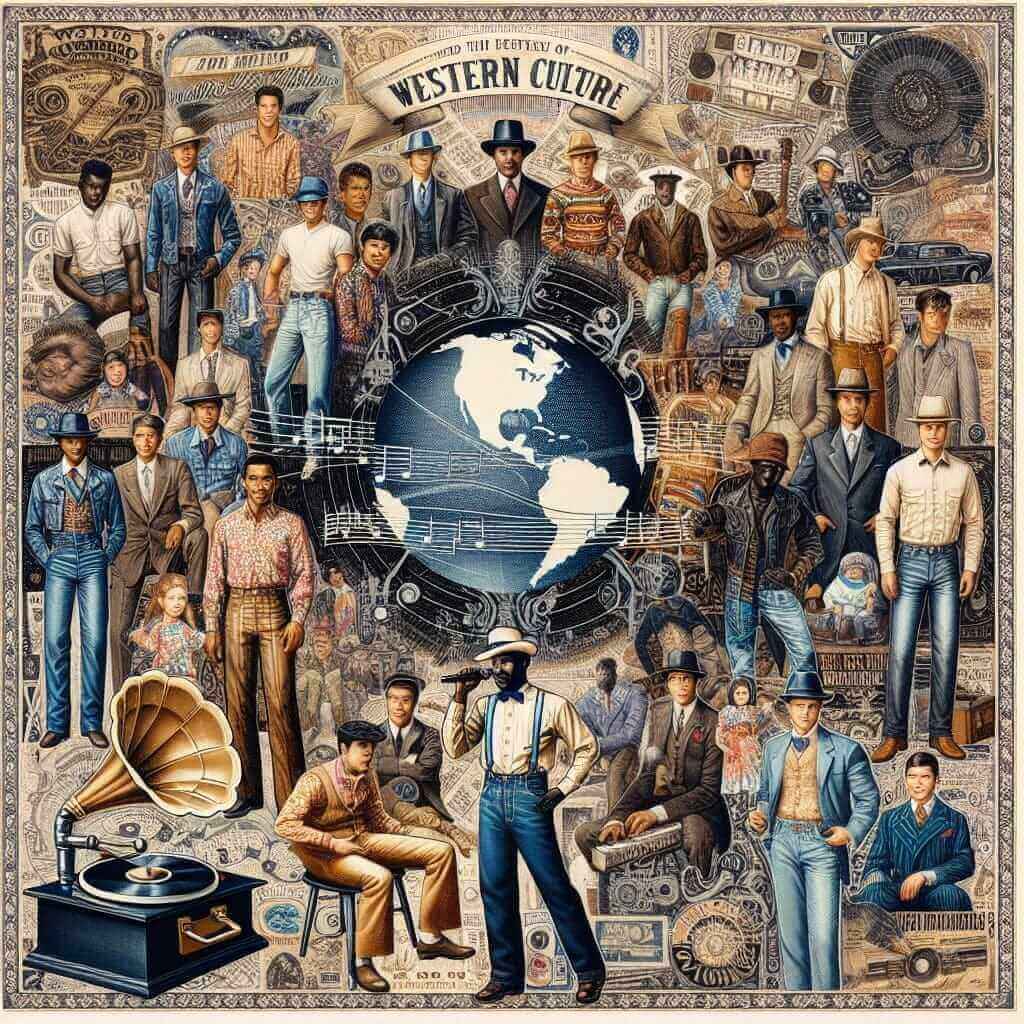The concept of ‘The role of media in shaping cultural norms’ is a recurrent topic in the IELTS Writing Task 2 exams. Understanding this topic not only helps students articulate their views on media influence but also allows them to explore the intricate relationship between media and society. It is essential to analyze the frequency of this topic in past IELTS exams to generate relevant practice questions. Here are three potential essay prompts related to this theme:
- “To what extent does media influence cultural norms and values in modern society?”
- “Discuss the positive and negative impacts of media on cultural norms.”
- “Some people believe that media should adhere to stricter regulations to preserve cultural values. To what extent do you agree or disagree?”
Main Content
1. Selecting a Prompt
For this exercise, let’s select the first prompt: “To what extent does media influence cultural norms and values in modern society?”
2. Analyzing the Prompt
This task requires you to discuss the degree to which media affects cultural norms and values. You should provide an argument that evaluates the extent of media influence, supported by real-life examples. You should explore both sides to present a balanced argument.
3. Sample Essay
The media, in its myriad forms, has become an omnipresent entity in our daily lives, exerting a profound influence on cultural norms and values. While some argue that this influence is overwhelmingly positive, fostering global tolerance and understanding, others contend that it can lead to cultural homogenization and the erosion of traditional values. This essay will explore these perspectives to determine the extent to which media shapes cultural norms in modern society.
Proponents of the media’s positive influence argue that it serves as a significant conduit for cross-cultural exchange. Television programs, films, and social media platforms expose audiences to diverse cultures, customs, and traditions, thereby promoting multiculturalism and broadening individuals’ worldviews. For instance, international films and series available on streaming platforms like Netflix introduce viewers to a variety of narratives and cultural practices, fostering empathy and understanding. By presenting a plethora of cultural perspectives, media can cultivate a more inclusive and tolerant society.
Conversely, critics highlight the detrimental effects of media, arguing that it often propagates a homogenized, Western-centric culture that endangers local traditions and values. The pervasive dominance of Western media content can overshadow indigenous cultures, leading to a loss of cultural diversity. An example of this is the widespread adoption of Western fashion, music, and lifestyle among youths in non-Western countries, which can result in the erosion of indigenous customs and traditional values. This phenomenon, often referred to as cultural imperialism, underscores the risk of cultural homogeneity due to unchecked media influence.

Additionally, the media’s role in shaping societal values can be problematic when it perpetuates stereotypes and unrealistic standards. For example, the portrayal of gender roles in television shows and advertisements often reinforces traditional stereotypes, influencing the public’s perception of gender norms. Furthermore, the spread of unrealistic beauty standards through social media can have adverse effects on body image and self-esteem, particularly among young individuals. These examples illustrate how media content can implicitly shape societal values in ways that are not always beneficial.
In conclusion, the media wields significant power in shaping cultural norms and values, often acting as a double-edged sword. While it can promote cultural awareness and understanding, it can also contribute to cultural homogenization and the perpetuation of harmful stereotypes. Therefore, it is imperative for media consumers to critically engage with content and for media creators to acknowledge their role in influencing cultural norms responsibly. Ultimately, the extent of media influence is profound and multifaceted, demanding a nuanced understanding of its potential impacts.
Word Count: 420
4. Writing Tips
- Vocabulary: Use varied and sophisticated vocabulary tailored to the topic.
- Grammar: Employ complex sentence structures, including relative clauses, conditionals, and passive voice.
- Coherence and Cohesion: Ensure your essay logically progresses with clear argumentation and appropriate linking phrases.
- Examples: Provide relevant examples to substantiate your arguments.
5. Difficult Vocabulary
- Omnipresent – (adj) /ˌɒm.nɪˈprez.ənt/: present everywhere at the same time.
- Multiculturalism – (noun) /ˌmʌl.tiˈkʌl.tʃər.əl.ɪ.zəm/: the presence of, or support for the presence of, several distinct cultural or ethnic groups within a society.
- Homogenization – (noun) /həˌmɒdʒ.ɪˈneɪ.ʃən/: the process of making things uniform or similar.
- Cultural Imperialism – (noun) /ˈkʌl.tʃər.əl ɪmˈpɪr.i.ə.lɪ.zəm/: the practice of promoting and imposing a culture, usually that of a politically powerful nation, over a less powerful society.
- Perpetuate – (verb) /pəˈpetʃ.u.eɪt/: to make (something) continue indefinitely.
Conclusion
In summary, the media plays a crucial role in shaping cultural norms and values, acting both as a bridge promoting multicultural understanding and a potential threat to cultural diversity. Understanding this dual role helps you critically engage with such topics. Additional practice prompts to consider include:
- “How has social media transformed cultural interactions in contemporary society?”
- “Evaluate the necessity of local content production in preserving cultural identities.”
By mastering this topic, you enhance your ability to argue complex issues, a skill invaluable in the IELTS Writing Task 2 exam.